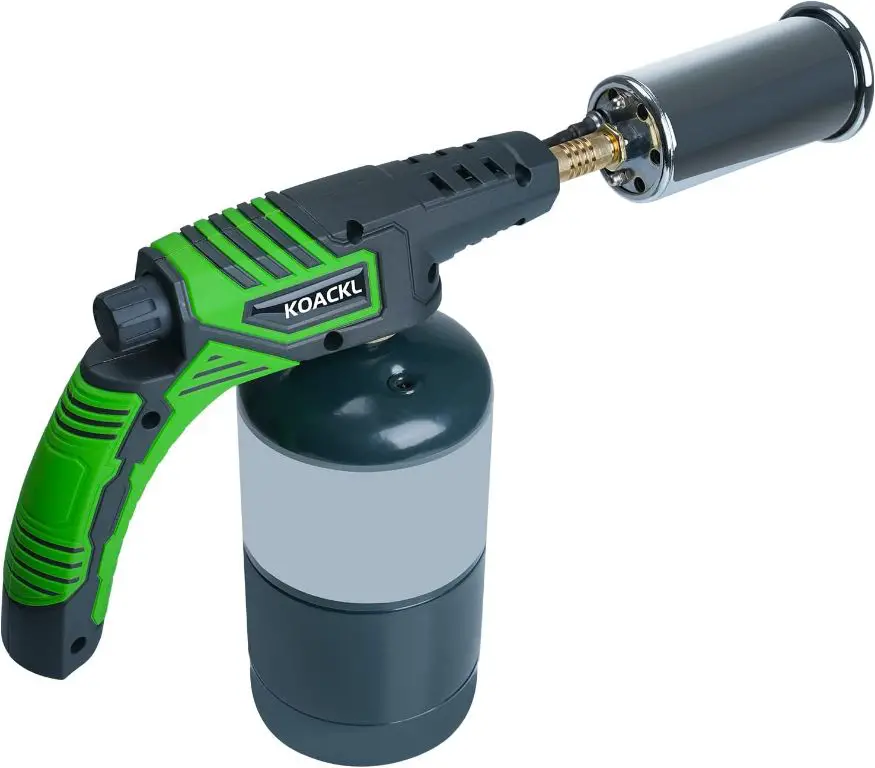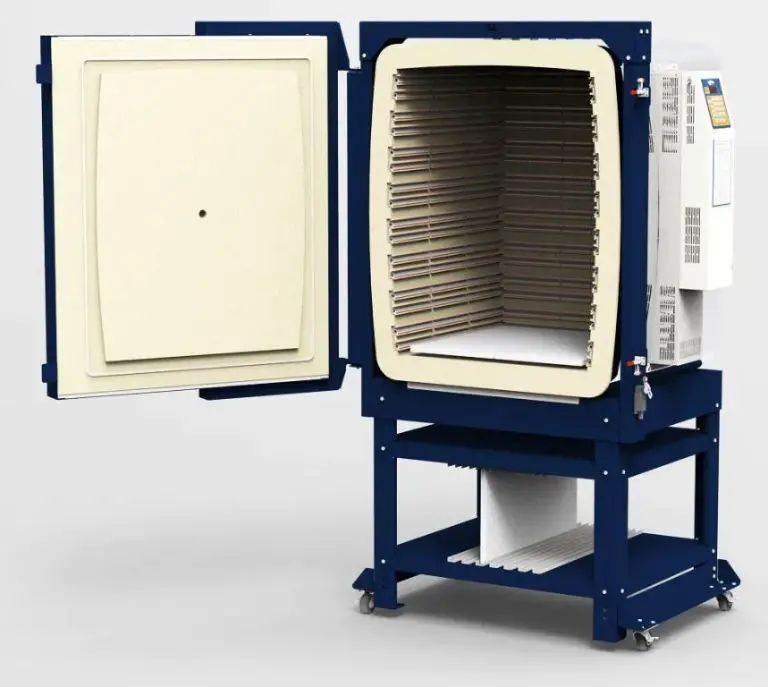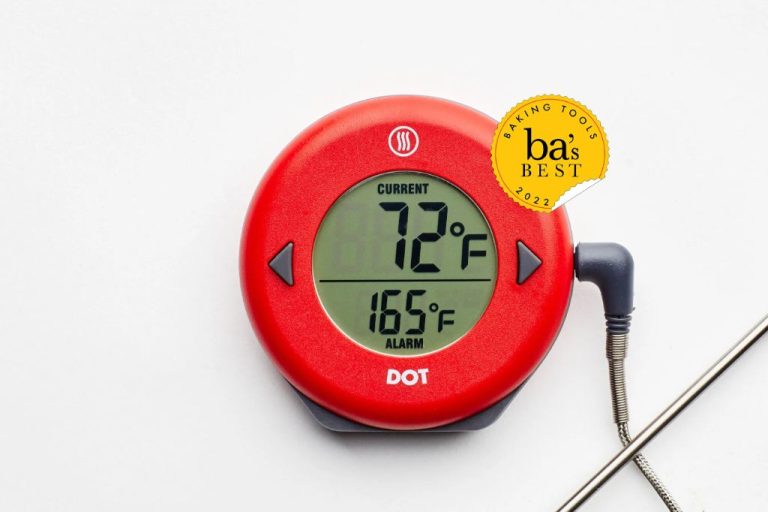What Is A Propane Tank Torch Used For?
What is a Propane Torch?
A propane torch is a tool that uses propane gas as fuel to produce a controllable flame for various heating, cutting, and soldering applications. It consists of a fuel canister that contains liquid propane connected via a hose to a torch handle with adjustable valve and nozzle controls.
The torch produces a hot blue flame by mixing propane gas with ambient air. When the propane exits the torch nozzle, it vaporizes and mixes with oxygen in the air to combust. This exothermic reaction generates heat up to approximately 1,980°C (3,600°F).
Compared to other portable flame devices like butane torches, propane torches can achieve higher temperatures and longer burn times since propane contains more energy than butane. Propane is also less expensive than other fuel gases like MAPP gas. This makes propane the preferred fuel gas for heavy duty tasks like brazing, loosening rusted bolts, or roofing.
Common types of propane torches include pencil torches, blowtorches, weed burners, and multi-purpose torches with interchangeable tips. Specialty nozzles can shape the flame for more directed heat or expanded coverage.
Types of Propane Torches
There are several common types of propane torches:
Handheld Propane Torches – These are the most common and versatile propane torches. They consist of a torch head attached to a propane tank via a hose. Handheld propane torches like the Bernzomatic TS8000 allow a variable flame and are suitable for many applications including soldering, brazing, and heat-shrinking.
Pencil Torches – Pencil torches, like the Bernzomatic ST2200T, have a narrow, pencil-shaped flame. They are useful for detailed work in tight spaces, such as soldering electronics or jewelry.
Mini Torches – Mini torches are compact torches designed for portability and ease of use. They attach directly to a small disposable propane cylinder. Mini torches like the Bernzomatic WT2301 are good for small jobs and touch-ups.
Turbo Torches – Turbo torches use pressurized air to produce an intense, focused flame capable of very high temperatures. They are designed for large brazing, welding, or cutting jobs where a more powerful flame is needed.
How Propane Torches Work
Propane torches work through the process of combustion. Propane gas (C3H8) mixes with oxygen in the air to create a flammable mixture inside the torch head.[1] When ignited by a spark from the piezo igniter, this gas mixture combusts and produces a flame.[2]
Specifically, the propane and oxygen combine in the following chemical reaction: C3H8 + 5O2 → 3CO2 + 4H2O. This exothermic reaction gives off heat energy in the form of a hot flame. The temperature can reach over 3,600°F at the torch tip.
The amount of oxygen mixed with the propane determines the nature of the flame. More oxygen produces a hotter, blue flame while less oxygen creates a cooler, yellow flame. Most propane torches have an adjustable air intake to control the flame temperature.
Within the torch, there is a regulator that controls propane flow from the gas cylinder to the torch head. More propane flow increases the flame size and intensity. So propane torches allow users to adjust both the flame temperature and size for a variety of heating applications.
[1] https://www.woodsmith.com/review/propane-torch-uses/
[2] https://en.wikipedia.org/wiki/Propane_torch
Uses for Propane Torches
Propane torches have many uses around the home, workshop, and job site. Some of the most common uses for propane torches include:

Soldering – Propane torches can reach temperatures up to 2500°F, making them ideal for soldering copper pipes, jewelry, and electronics. The torch allows you to evenly heat the materials you want to join before applying the solder.
Brazing – Similar to soldering, brazing joins metal pieces together using a filler metal with a higher melting point. Propane torches provide the perfect adjustable high heat for brazing metal joints.
Welding – With the right torch tips, propane torches can be used for basic welding and metal fabrication. Though not as powerful as oxy-acetylene welding, propane welding works for thinner metals.
Removing paint/rust – The concentrated heat from a propane torch easily bubbles and blisters paint for removal. It can also loosen rusted bolts and parts by heating them up.
Shrink tubing – Electricians and automotive technicians use propane torches to shrink heat-activated shrink tubing over wires and cables for insulation and protection.
Bending pipes – Heating up small sections of pipes makes them pliable enough to bend them into shape without crimping the pipe.
Roofing – Roofers use propane torches to seal and repair asphalt, tar, and shingles.
Culinary arts – Professional chefs use propane torches to caramelize creme brulee or other desserts.
Jewelry making – Propane-oxygen torches allow jewelers to easily solder and shape precious metals into customized jewelry designs.
According to Woodsmith, propane torches are great multi-purpose tools useful for many DIY, automotive, construction, and hobby applications.
Propane Torch Safety
Safety should always be the top priority when handling and operating a propane torch. Propane is highly flammable, so proper precautions need to be taken.
Always read and follow the manufacturer’s safety instructions. Wear protective gear like safety glasses and heat-resistant gloves when using a propane torch. Ensure your workspace is free of any flammable materials.
Check for leaks by spraying soapy water on the propane cylinder valve connection and watch for bubbles. If there are leaks, do not use the torch. Tighten any loose connections or replace faulty parts. Store propane cylinders upright in a secure, well-ventilated area away from heat sources or flammable materials. Close the valve when not in use.[1]
When lighting the torch, keep it pointed away from your body and any flammable objects. Adjust the flame to the proper size for the task. Do not leave a lit torch unattended. Allow the tip to cool before changing parts or storing.
With proper handling and precautions, propane torches can be used safely for many applications.
Propane Torch Tips
Propane torches come with interchangeable nozzle tips that allow users to control the intensity and size of the flame. These tips are made of brass or steel and screw into the end of the torch head. The most common tip sizes are:
-
Small – #0, #1 – These produce a pinpoint flame for detailed work like soldering electronics or jewelry.
-
Medium – #2, #3 – These are good general purpose tips used for soldering pipes, removing paint or varnish, bending pipes, and other tasks requiring a broader hot flame.
-
Large – #4 and above – The larger the tip number, the wider the flame produced. Larger flame widths are needed for tasks like roofing, thawing frozen pipes, or working with thicker metals.
Choosing the right sized tip is important. A tip that’s too small can take a long time to heat larger areas. A tip that’s too large wastes fuel and lacks the precision needed for detailed work. Most torches come with 2-3 of the most commonly used tip sizes (#1, #2 and #3). More sizes can be purchased separately for versatility.
Replacement tips are widely available from hardware stores, home centers, welding supply shops and online retailers like Amazon. Typical materials are nickel-plated brass, stainless steel or heavy duty steel (Propane Torch Tip). Match the replacement tip to the stock manufacturer tip to ensure proper fit and flame performance.
Setting Up a Propane Torch
Setting up a propane torch is important before first use to ensure safe operation. The main components include the propane tank, regulator, hose, and tip.
First, attach the regulator to the propane tank following the manufacturer’s instructions. The regulator controls the pressure of the propane coming out of the tank. Hand tighten the regulator nut clockwise onto the tank valve outlet.
Next, connect one end of the rubber propane hose to the regulator outlet. Tighten it by hand. Attach the torch handle to the other end of the hose by screwing it on clockwise. The handle includes the trigger mechanism and igniter.
Finally, select the proper tip for your application and thread it onto the front of the torch handle. Common tips include cutting tips, soldering tips, and heating tips. Make sure the tip is tightened securely [1].
Always check for leaks by applying a soap and water solution to connections. If bubbles form, retighten the leaking connection. Your propane torch setup is now ready to use.
Lighting a Propane Torch
Lighting a propane torch requires care and proper technique to ensure safety. The key steps are:
1. Check that all torch components are tightly connected. This includes the propane tank, hose, and torch head. Failure to fully tighten connections can lead to dangerous gas leaks.
2. Point the torch head away from any flammable objects or surfaces. Always light the torch in a safe direction.
3. Open the propane valve to begin gas flow. The valve should be opened slowly and moderately to allow a steady stream of gas.
4. Use a sparking mechanism to ignite the gas as it flows out the torch head. Many torch models have a built-in piezo igniter. Other options include using a barbecue lighter or matches. Do not light the gas before it is flowing from the torch.
5. Adjust the gas valve after ignition to achieve the desired inner blue flame. Do not allow large yellow tipped flames which can lead to overheating. The flame size can be increased or decreased based on the needs of the task.
6. To extinguish the flame, close the propane valve fully. Allow residual gas and the torch head to cool completely before storage.
With practice, lighting a propane torch safely can become second nature. Always remain focused when working with open flames. For more guidance, consult the manufacturer’s instructions for your specific torch model.
Sources:
https://www.wikihow.com/Light-a-Propane-Torch
Adjusting the Flame
One of the advantages of using a propane torch is the ability to adjust the intensity and size of the flame based on your needs. This is done by turning the gas valve on the torch. Turning the valve clockwise will increase the gas flow, making the flame larger and hotter. Turning the valve counterclockwise will decrease the gas flow, making the flame smaller and cooler.
For delicate work like soldering jewelry or electronics, you’ll want a low intensity blue flame. This concentrated flame gives you precise control for detailed work. Turn the gas valve just until you achieve a flame about 1-2 inches high.
For tasks like bending or shaping metal, you’ll need a larger more intense flame. Open the gas valve until the inner blue flame is about 3-4 inches high. The bright yellow tip should be another 1-2 inches above that. This high intensity flame will transfer more heat for working thicker materials.[1]
Get a feel for your propane torch’s full range of flame sizes and intensities. Start with the valve fully closed, then slowly open it while noting the visual changes in the flame. The valve provides infinite adjustment between a precise pencil point flame and a roaring full blast torch. With experience, you’ll be able to dial in just the right amount of heat for the job.
Maintaining Your Propane Torch
Maintaining your propane torch in good working condition is essential for its safety and performance. Here are some tips for maintenance:
Cleaning
Over time, residue and deposits can build up on the torch nozzle and cause clogging. To clean, unscrew the nozzle by turning it counter-clockwise and pulling it off (source). Soak it in warm water and use a pipe cleaner to dislodge any debris inside the nozzle opening. Allow it to fully dry before reattaching.
Wipe down the rest of the torch regularly with a damp cloth to keep it free of dirt, grease, and grime. Take care not to get any moisture in openings where gas flows.
Storage
When not in use, store your propane torch upright in a dry location away from heat sources or flammable materials. Detach the propane tank and nozzle for safe keeping.
Replacing Parts
With heavy use over time, ignition switches, hoses, nozzles, and other torch parts may need replacement. Use only manufacturer recommended replacement parts to ensure safety and performance. Follow instructions carefully when installing new parts.




